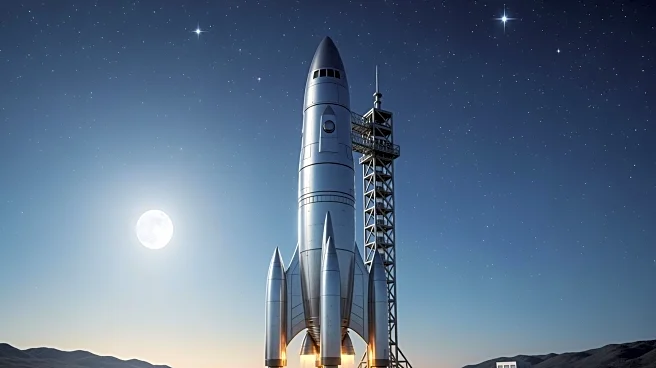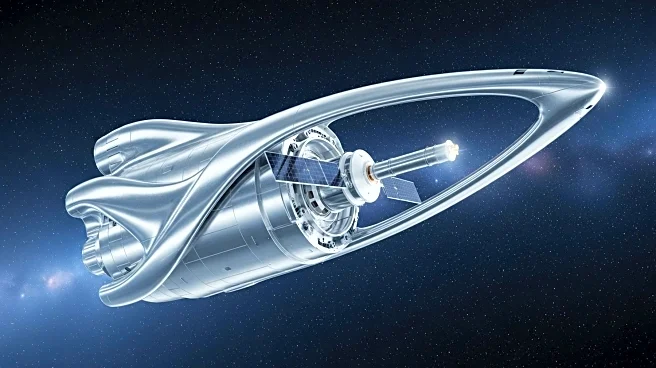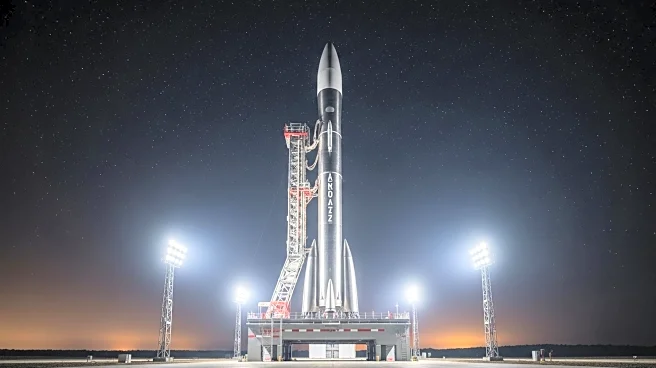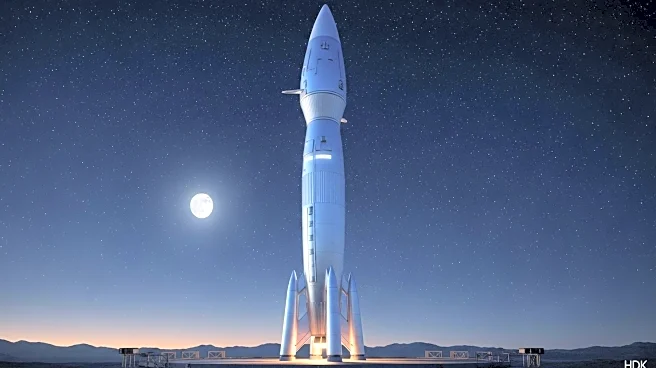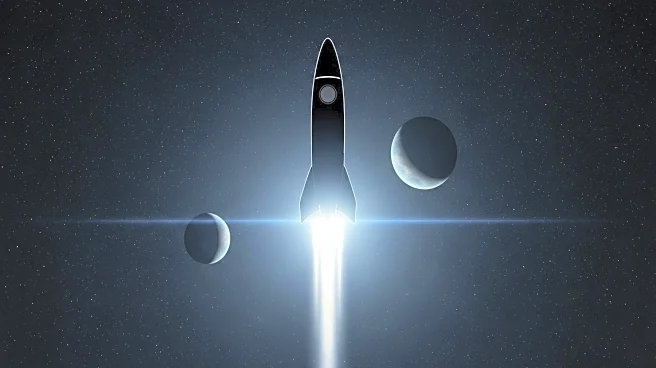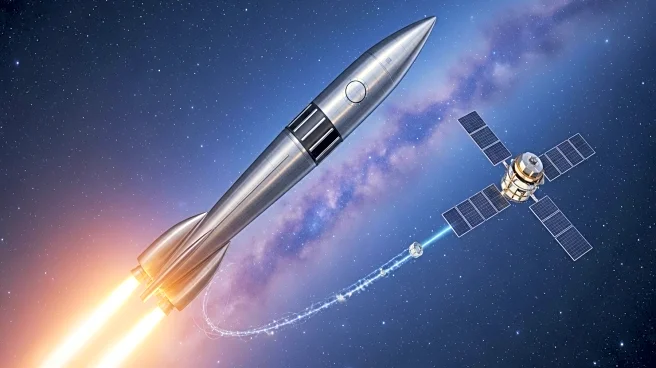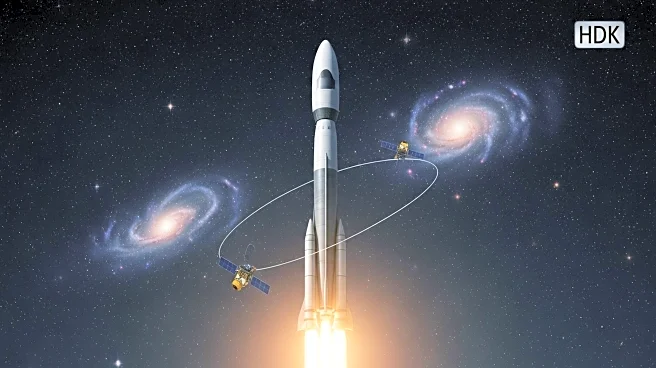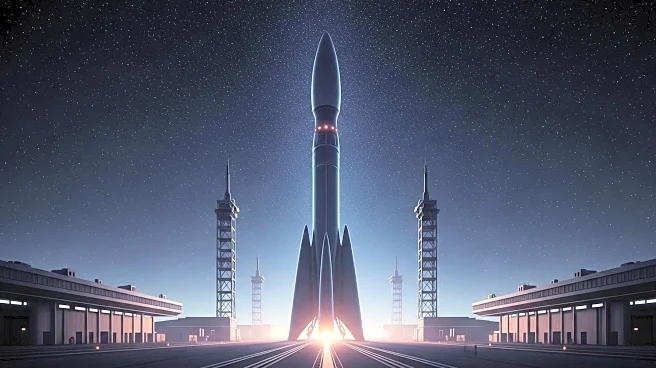What's Happening?
SpaceX's Starship program has experienced a mix of successes and failures throughout 2025. The program faced significant setbacks earlier in the year with four Starships being destroyed during flight and on the ground. However, recent missions have shown
promising improvements, with the latest mission achieving a successful splashdown in the Indian Ocean with minimal damage. This suggests that enhancements to the spacecraft's heat shield are effective. SpaceX has demonstrated proficiency in launching and recovering the Super Heavy booster, which is a critical component of the Starship system.
Why It's Important?
The success of SpaceX's recent Starship mission is crucial for the company's long-term goals of space exploration and transportation. The ability to reuse spacecraft components effectively can significantly reduce costs and increase the frequency of missions. This development is vital for SpaceX's plans to establish a sustainable presence on Mars and other celestial bodies. The improvements in the heat shield technology are particularly important as they enhance the spacecraft's durability and safety, which are essential for future manned missions.
What's Next?
SpaceX is likely to continue refining the Starship design and technology to ensure consistent success in future missions. The company may focus on further testing and development to address any remaining vulnerabilities. Additionally, SpaceX's collaboration with other space entities, such as Blue Origin, could lead to shared advancements in space travel technology. The next steps will involve preparing for upcoming launches and potentially expanding the scope of missions to include more complex objectives.
Beyond the Headlines
The advancements in SpaceX's Starship program could have broader implications for the space industry, including increased competition and innovation. As private companies like SpaceX and Blue Origin continue to push the boundaries of space travel, there may be ethical and regulatory considerations regarding the commercialization of space. The success of reusable spacecraft could also influence public policy and investment in space exploration, potentially leading to new opportunities for international collaboration.
